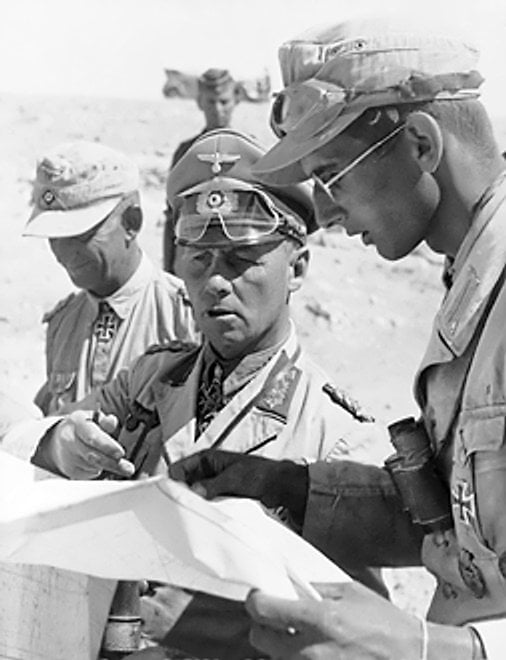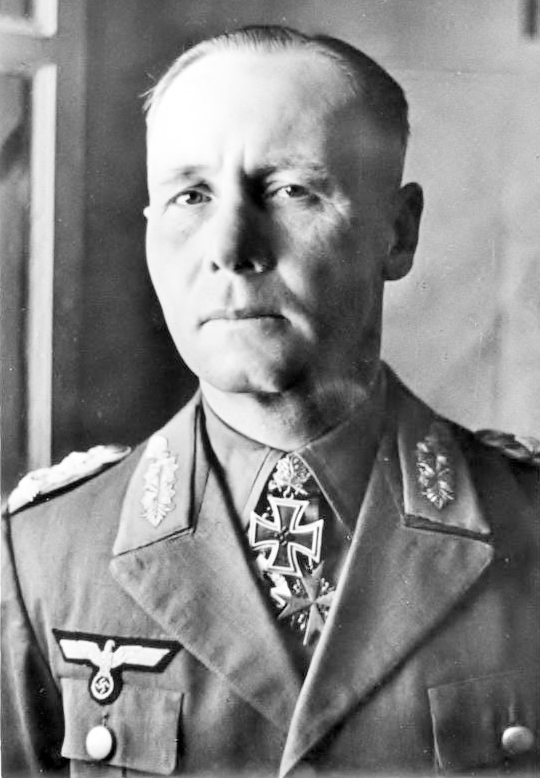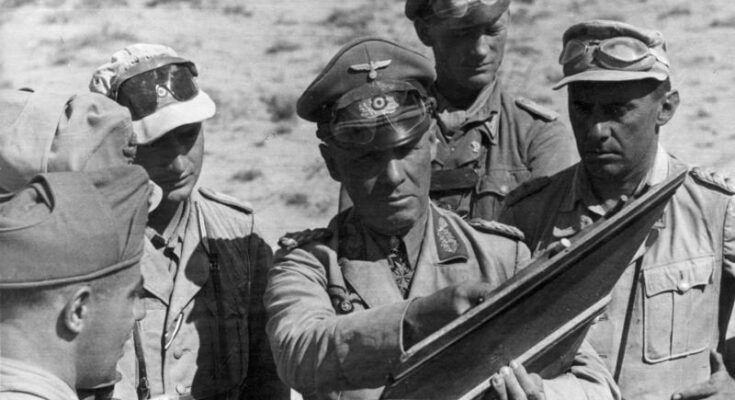Before the end of World War Two, Rommel, a Nazi field marshal, and his unit are said to have amassed more than twenty million pounds worth of gold and other expensive items while looting from Jewish citizens on the island of Djerba in Tunisia.
Throughout the convulsions and spasms of World War Two, many shameless Nazis acted upon opportunities to pillage and plunder, with countless pieces of fine art, invaluable artifacts, and rare treasures being taken from several war sites.
The agents of the Third Reich systematically looted museums and general areas in the nations they occupied. Ever since the war ended, there have been stories of Nazi gold and hidden treasure slipped away by soldiers of the Third Reich who stored it away for later.

Rommel served as field marshal in the Wehrmacht, and his command in the North African campaign established his reputation as the “Desert Fox.” It was during this campaign in 1943 amid the German occupation of Tunisia that Rommel’s unit supposedly acquired more than twenty million pounds worth of “Nazi” gold as well as other precious items taken from Jewish people on the island of Djerba. These have never been recovered.
This famous and fabled treasure is known as “Rommel’s gold” although it is believed Rommel himself wasn’t directly involved with this specific Nazi theft. Legend has it that the gold and other spoils were shipped to Corsica, an island situated between the coast of France and Italy. However, it allegedly sank on its voyage from Corsica to Germany.
The tale has inspired both real and fictional treasure hunters and was even referenced in Ian Fleming’s 1963 James Bond novel On Her Majesty’s Secret Service, wherein two divers are killed while searching for “Rommel’s treasure.”
How do we know about Rommel’s Nazi gold?
The mystery was brought to the public imagination by the accounts of 21-year-old Czech Peter Fleig, an engineer and diver under Rommel’s command, according to YouTube channel Lost Stories of WW2. Fleig was reassigned to the Italian port city of La Spezia, where he was tasked with keeping the port free of sea mines and salvaging damaged vessels.
The video explains, “On September 16, 1942, he received covert orders from a captain by the name of Ludwig Dahl to travel by motorboat with full diving gear to the island of Corsica. He was to keep the orders secret and upon completion of the mission destroy the dive gear and any written evidence.”

According to the video, “Fleig arrived at Bastia Corsica under the cover of darkness and was taken by Captain Dahl to an all but abandoned German barracks. There, he was introduced to three lieutenants—Gunther Cranz, Hans Schaub and Albert Hoffmeyer.” The trio had been tasked with moving six metal crates off the island.
“Captain Dahl and his lieutenants had been tasked with escorting the stolen treasure to the heart of Germany,” the narrator of the video explains. “Their plan had been to take crates by truck up through Italy but Allied air power and frequent partisan ambushes made it too risky. They had then received orders to take a sea route instead and then to join a convoy headed to La Spezia—when they arrived, however, they discovered the convoy had already left.”
According to Fleig’s account, with no boats being available to carry the spoils, the group decided to hide Rommel’s Nazi gold. The crates were dropped to the bottom of the ocean off the coast to be relocated after the war.
Coordinates found written on the back of a family photo belonging to an SS officer who was imprisoned in Dachau after the war appear to highlight a spot less than half a mile off a beach close to Bastia. However, investigators suspect that after such a long period of time submerged in the sea, the steel boxes may have disintegrated, meaning the cargo is probably hidden under the seabed.
A huge salvage effort would be required if the treasure was to ever be found.



